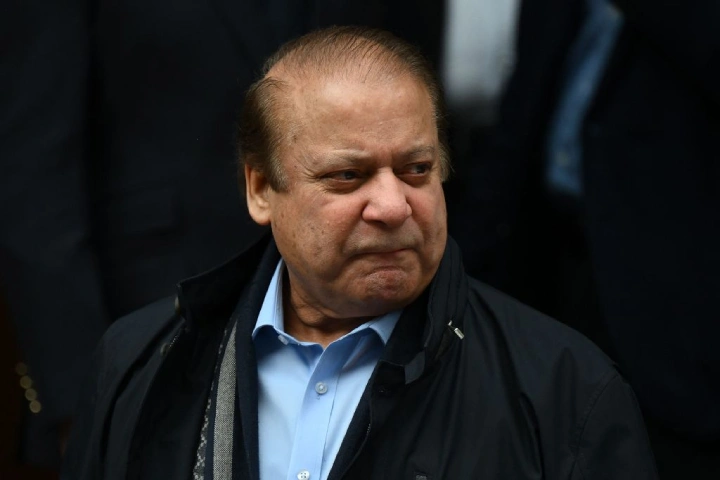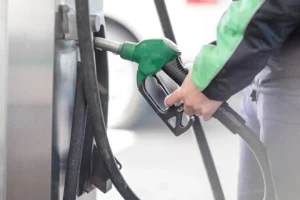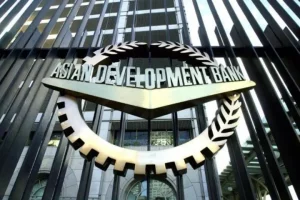Pakistan, with an inflation rate of 31.4 per cent year-on-year in September, is among the worst affected countries battling surging prices. In August, Pakistan’s inflation rate was 27.4 per cent. Even as all eyes are on Pakistan Muslim League-N supremo Nawaz Sharif, who is slated to return to the country on October 21, analysts said that he may not be able to do much to revive the economy. His daughter and PML-N senior Vice President and Chief Organiser Maryam Nawaz though repeatedly said that it is only her father who could save the country from high inflation.
“People are pinning hope on Nawaz. The way he handled the electricity and other crises after coming to power in 2013, he will steer the country out of crises now as well,” she said earlier.
An analyst, said that he is not sure if Sharif can turn around the situation. “Things are different in Pakistan today from what it was when Sharif was steering the country. It will not be an easy task for Sharif or anyone for that matter to revive the economy. Whether or not the next government is willing to take the painful steps of bringing in structural reforms while following pragmatic economic policies is something one has to watch out for,” he said.
Despite lofty promises a close aide of Sharif, Ishaq Dar, who was the finance minister in the Shehbaz Sharif government, could do little to contain prices and put back the economy on track.
Dar, who was initially not keen to go in for the International Monetary Fund’s $3 billion bailout package due to its stringent riders, had no choice but to restart the loan programme and accept the recommendations of the multilateral lender.
One of the key reasons for surging prices in Pakistan is the IMF prescription. High inflation has impacted the citizens, especially the poor. Several businesses have had to shut down or trim their operations leading to joblessness.
For many in Pakistan, two meals a day is now a luxury.
The sharp increase in inflation was driven by the rise in fuel and electricity prices. Petrol price, for instance, is currently more than (Pakistani) Rs 320 per litre. Though the September inflation figure is lower than the all time high of 38 per cent recorded in May, there is widespread apprehension that the situation could turn even worse in the coming months even as fuel prices were slashed by Rs 8 and diesel by Rs 11 per litre.
Between February and May, Pakistan’s inflation rate stood above the 30 per cent mark. In May, it shot up to touch a record 38 per cent. In January, it was 27.6 per cent.
The increase in fuel and electricity prices have been guided by the IMF prescription as part of the bailout package that it extended to Pakistan. An IMF team is expected to visit Islamabad later this month to review the bailout programme.
While the multilateral lender has already disbursed $1.2 billion to Islamabad as part of the overall package, the country is hoping to receive another tranche of $700 million once the review is complete.
Also read: Why TTP is likely to step up violence in Pakistan next year to achieve its grand objectives




















